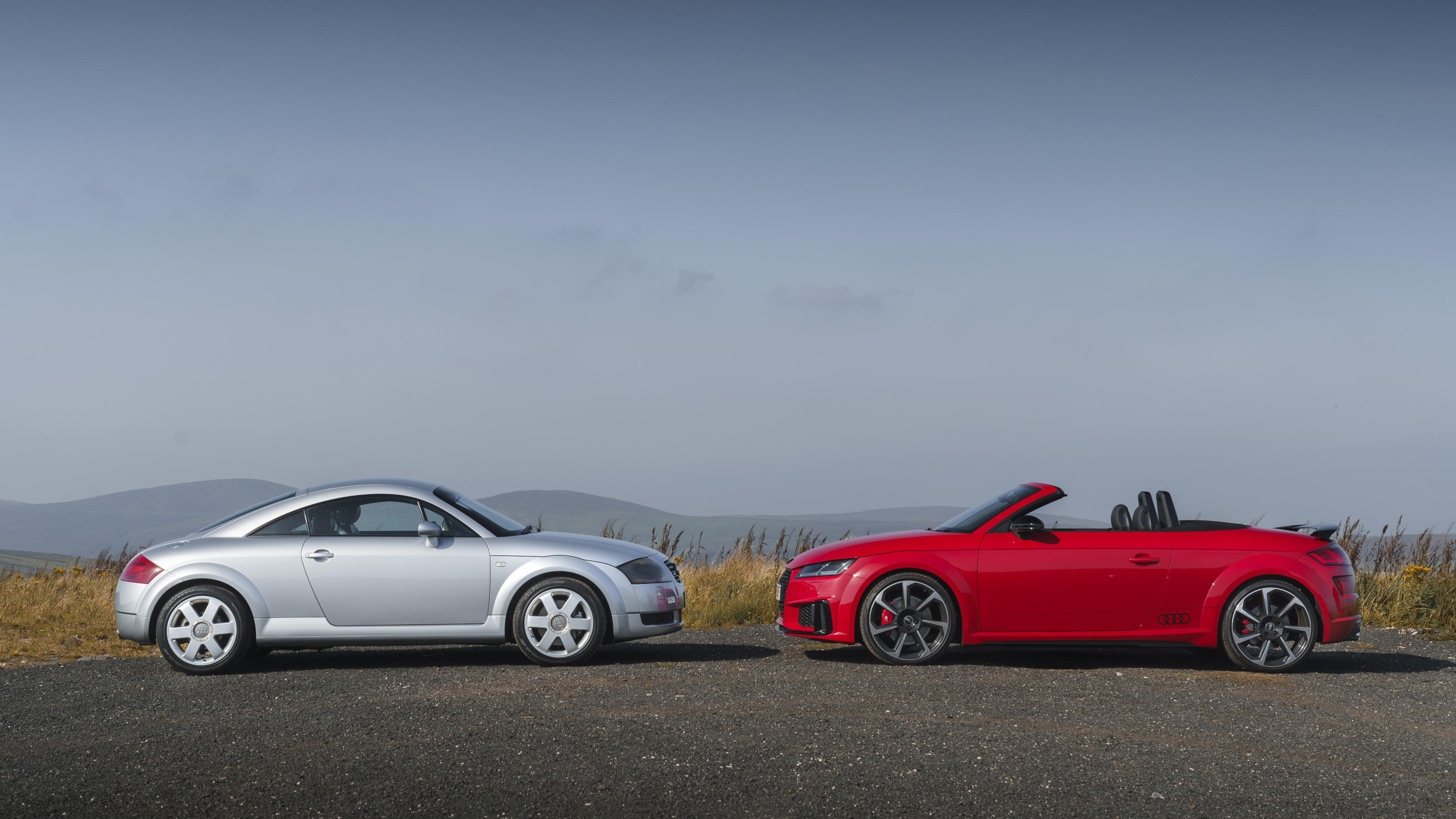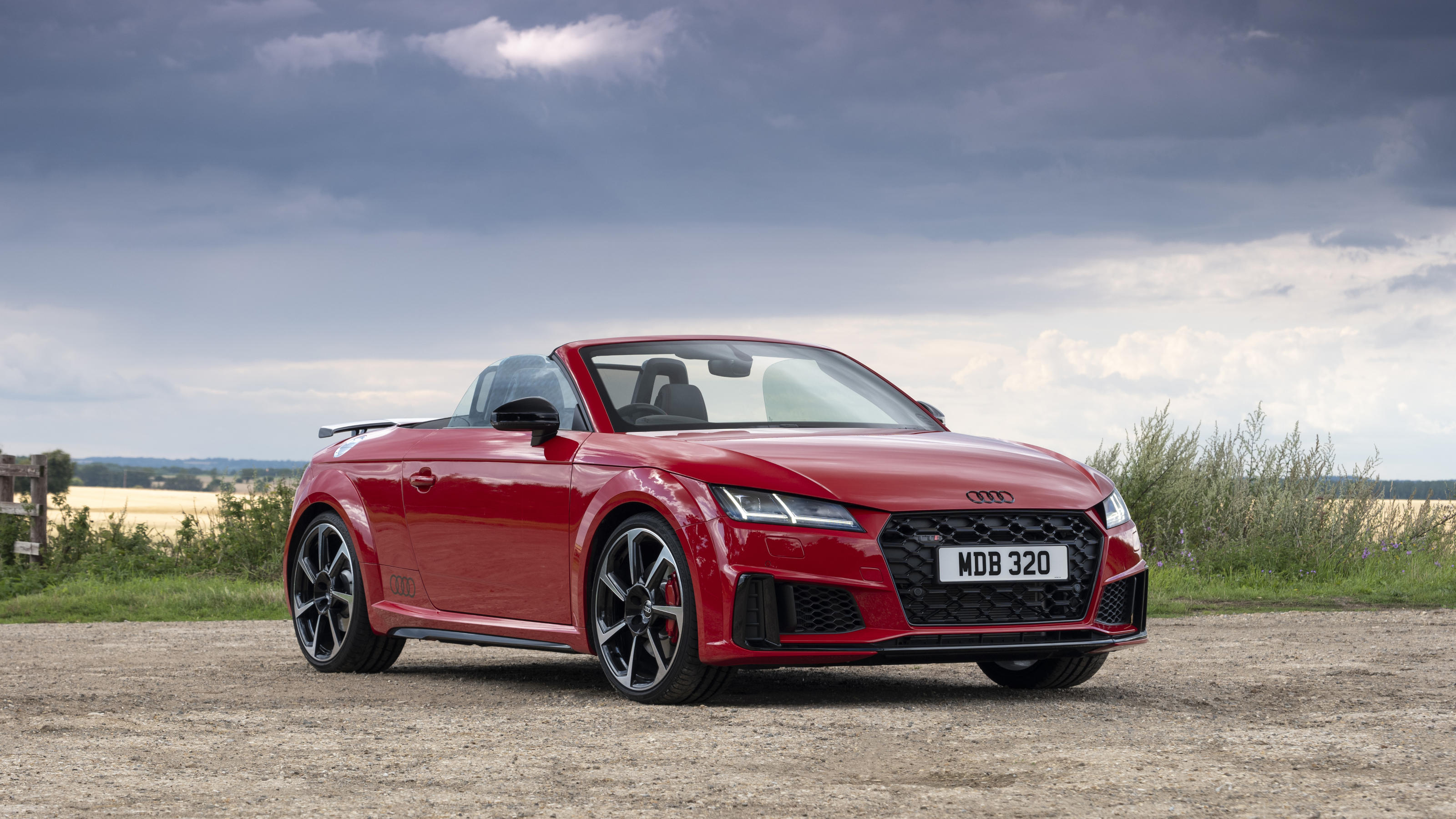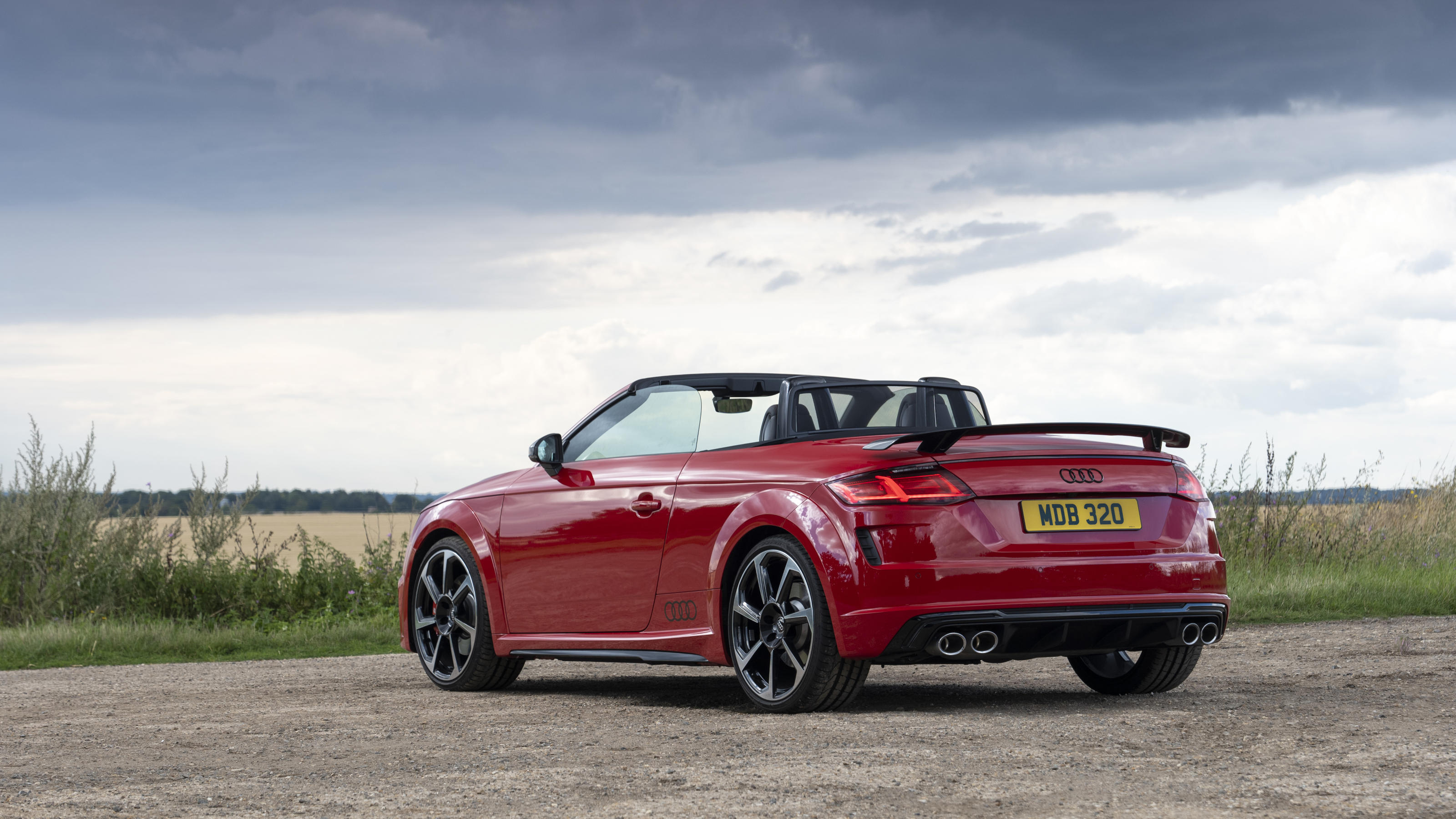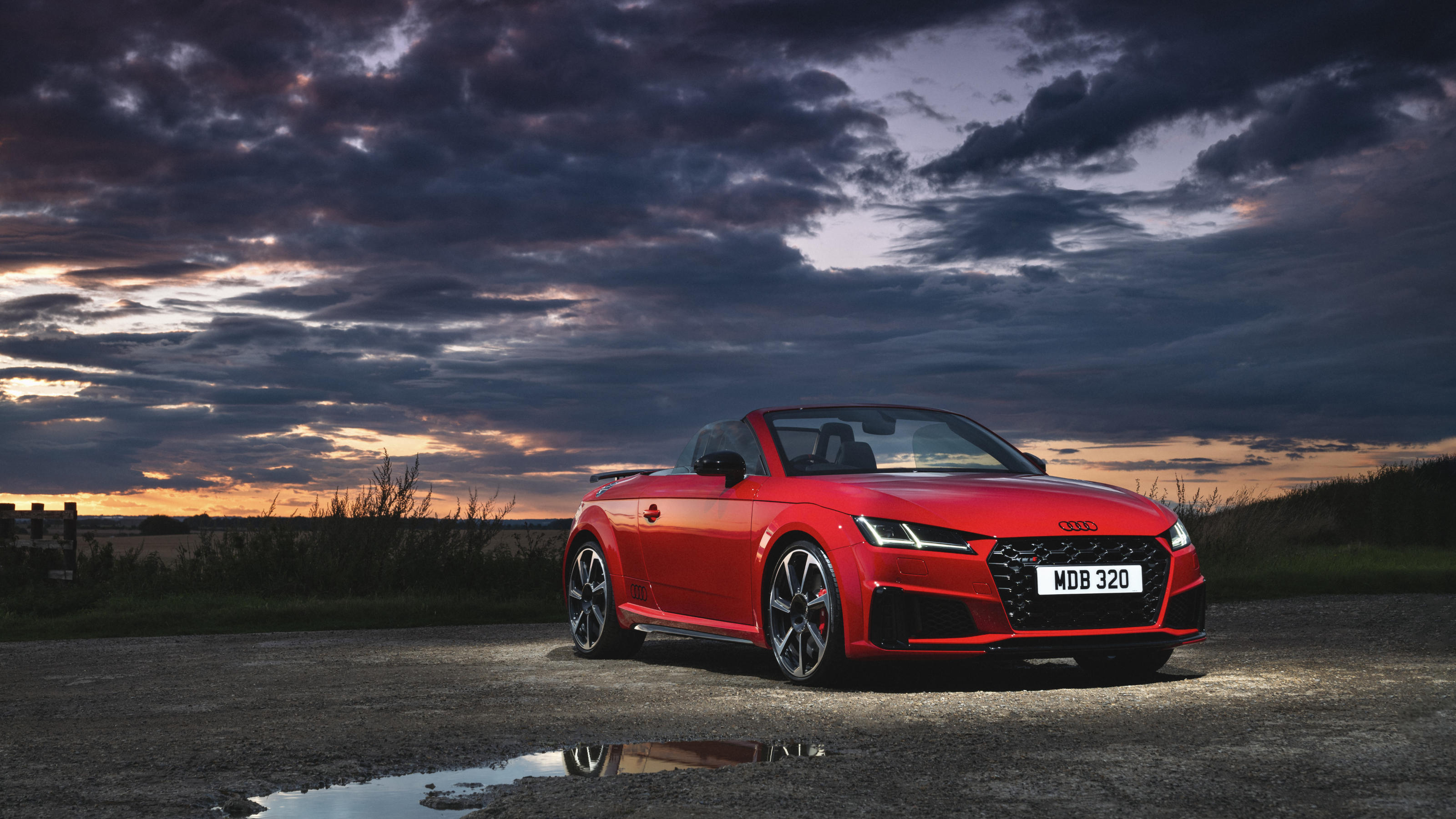
Cast your mind back 25 years and the consumer design landscape was very different. Wallpaper* had only just come into being, there was only a handful of other design-focused titles, the internet was an empty wasteland and the definition of ‘design’ was still very much attributed to a select, distinguished grouping of objects, somehow elevated from the everyday.

Coming into this reverential atmosphere, the first Audi TT was seen as nothing short of sensational. For the gatekeepers of what constituted good design, Audi’s compact and curvaceous sports car appeared to be the epitome of all that ‘design’ promised; a distinctive, purist, industrial object that was available to all. In short, the ambitions of the Bauhaus finally realised.

Audi first showed the TT as a concept at the 1995 Frankfurt Motor Show. With external styling by Freeman Thomas, the TT project was overseen by then design director Peter Schreyer, with J Mays, Martin Smith and Romulus Rost, as well as input from the legendary Audi head of design Hartmut Warkuss. The production version arrived in 1998, remarkably unchanged from the concept. Proportions and forms were all faithfully carried over, except for elements that proved too hard to mass produce, like the chunky C-pillar.

As an object of desire, the TT was without equal. Priced far below contemporary sports from the likes of Porsche and Maserati, it nevertheless drew more admiring glances than its peers. Audi UK held an early press dinner for the TT at Raymond Blanc’s Le Manoir aux Quat'Saisons, after which the assembled journalists got their first experience of the car. As this correspondent’s very first test drive, it was a formative one.

For more experienced writers, less versed in the art of proportion and more concerned with ride and dynamics, those early TTs didn’t quite live up to their looks. It wasn’t the sports car of their dreams, let alone a credible successor to the famed Audi Quattro. Under Freeman Thomas’s curvaceous bodywork were the mechanical underpinnings of the VW Group’s A4 platform, which also formed the basis of the VW Golf Mk4 and the Audi A3. The oily bits might not have been as innovative as the styling, but it was this pragmatism that ensured the TT could be constructed and sold at a reasonable price.

Still, there were grumblings. It wasn’t until the release of the 2005 TT quattro sport, with its two-tone bodywork and limited production run that the petrolheads finally got what they wanted from the TT. It might have skewed Audi’s perception of the model as well, for the next generation, which surfaced in 2006, had lost a little bit of the original’s character in favour of a more aggressive approach. This culminated in 2009’s TT RS (for RennSport, or ‘racing sport’), ahead of the launch of TT Mk3 in 2014. From 2024, the TT will be no more.
Audi TT, the final editions

We sampled both the Audi TT RS and the TTS Roadster Final Edition as a way of paying homage to this remarkably successful model, one that helped redefine and embolden Audi’s image as a design innovator. The TT’s evolution also closely tracked Audi’s growing emphasis on power and speed as the century progressed, as almost all its cars ended up with ultra-powerful, extremely aggressive variants over the years.

Finished in Nardo Grey, the TT RS still retains some of the modernist purity of the original. If you can overlook the (massive) rear wing and deep, multi-fluted front grille, you’ll find that the perfect curve of the roof, high shoulder line and starkly delineated wheelarches remain distinctive and instantly recognisable.
Inside, there’s a triple air vent system where most modern cars slap a flatscreen – infotainment, navigation and everything else is taken care of in the digital instrument cluster. Without the TFTs, the interior has a certain analogue ambience, enhanced by the sharply tuned exhaust note and characteristic Audi firmness of spring.

The convertible version of the run-out model, the TTS Final Edition, is also spoiled by a spoiler, albeit not quite as OTT as the RS’s. The original Mk1 Roadster had elegant metal hoops as roll-over protectors; their modern equivalents are a little more functional. Still, the hood is swift and snug and you lose very little in the way of boot space or practicality, apart from the loss of the (tiny) rear seats. Yes, that’s right – the TT was a four-seater from the outset, something its proportions have never let on.
These are still great cars to drive, benefitting from their relatively small scale and low, sporting driving position, with quick steering that makes the most of the ultra-stiff suspension. Despite its role as a design icon, the TT was very quickly out of step with taste. The market for small two-seaters slid inexorably downwards during the car’s lifetime. Along with the difficulty of electrifying such a small platform, this hastened the TT’s inevitable demise.

Nevertheless, we’ll always have a fondness for this little German coupé, a car created by a design team, not a marketing committee. Perhaps technology will eventually mature to give Audi’s icon a well-deserved encore.
Audi TT RS Coupe 400PS Iconic Edition S tronic, as tested £87,650
Audi TT S Roadster Final Edition, as tested £51,425







